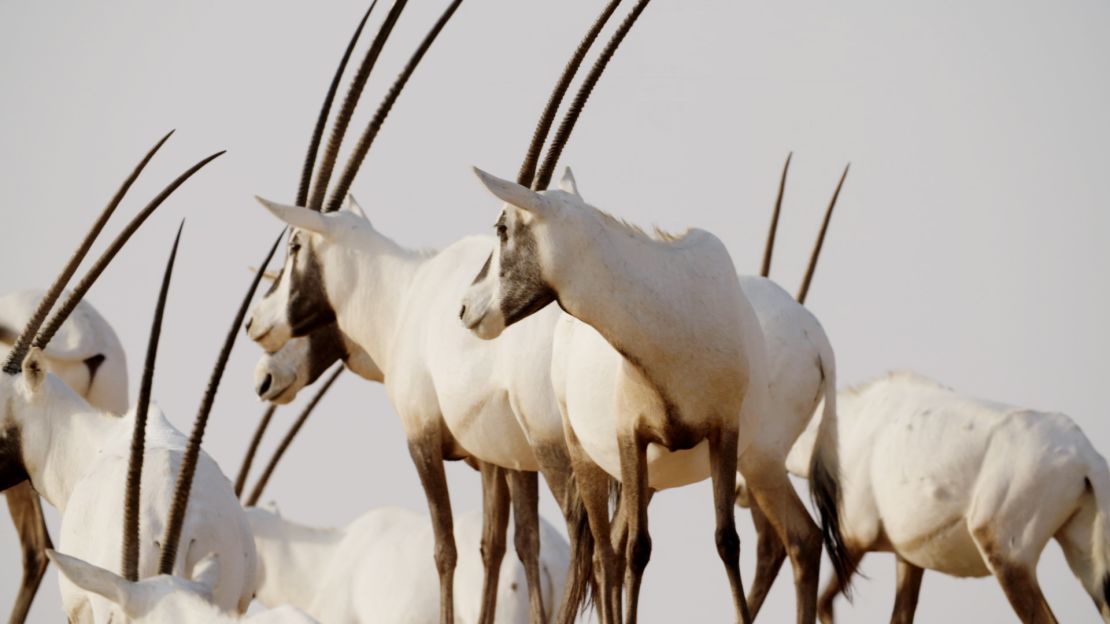Visitors to Dubai don’t need reminding that the city is built on a desert. But how many actually escape the bright lights and head into the great outdoors?
Around 15% of the emirate is made up of designated conservation reserves – and it’s not all sand. There are pockets brimming with flora and fauna adapted to the extreme conditions. Look hard enough and you can find some real rarities, including the Arabian oryx, once extinct in the wild.
Among the oldest and largest sites is the 87-square mile Dubai Desert Conservation Reserve (DDCR), created in 2003 with $21 million in funding from Emirates Airlines and the Dubai government.
In the past 15 years the DDCR has revealed previously undiscovered insect species, rare sightings of a golden eagle in the UAE, sand foxes and Dubai’s first sighting of the cinereous vulture. But the Arabian oryx is perhaps the reserve’s most notable success story.

“We started with an initial reintroduction of 70 animals,” says Greg Simkins, conservation manager of the DDCR, and “one subsequent reintroduction of another 30 animals … Now, we have over 600 Arabian oryx on the reserve.”
Simkins and a team of biologists, in partnership with local and international universities, continue to conduct studies and surveys across the reserve, using drones and camera traps to monitor wildlife.
The DDCR plays an active role in the economy too. It welcomes over 300,000 visitors a year, says Simkins, including day-trippers on desert tours and overnight guests stay at the high-end retreat the Al Maha resort.
The resort is operated by the Marriott empire and, approaching its 20th anniversary, is still the only hotel on the reserve. Many come because of their interest in nature conservation, says general manager Arne Silvis.
“We do try to keep the impact as minimal as possible,” he adds. “On property we recycle all the effluent water. It’s recycled and then used for irrigation purposes. We also have our green key certification.”
With Dubai looking to welcome 20 million visitors in 2020, the preservation of its wild side isn’t just good for business, but good for the planet too.























































